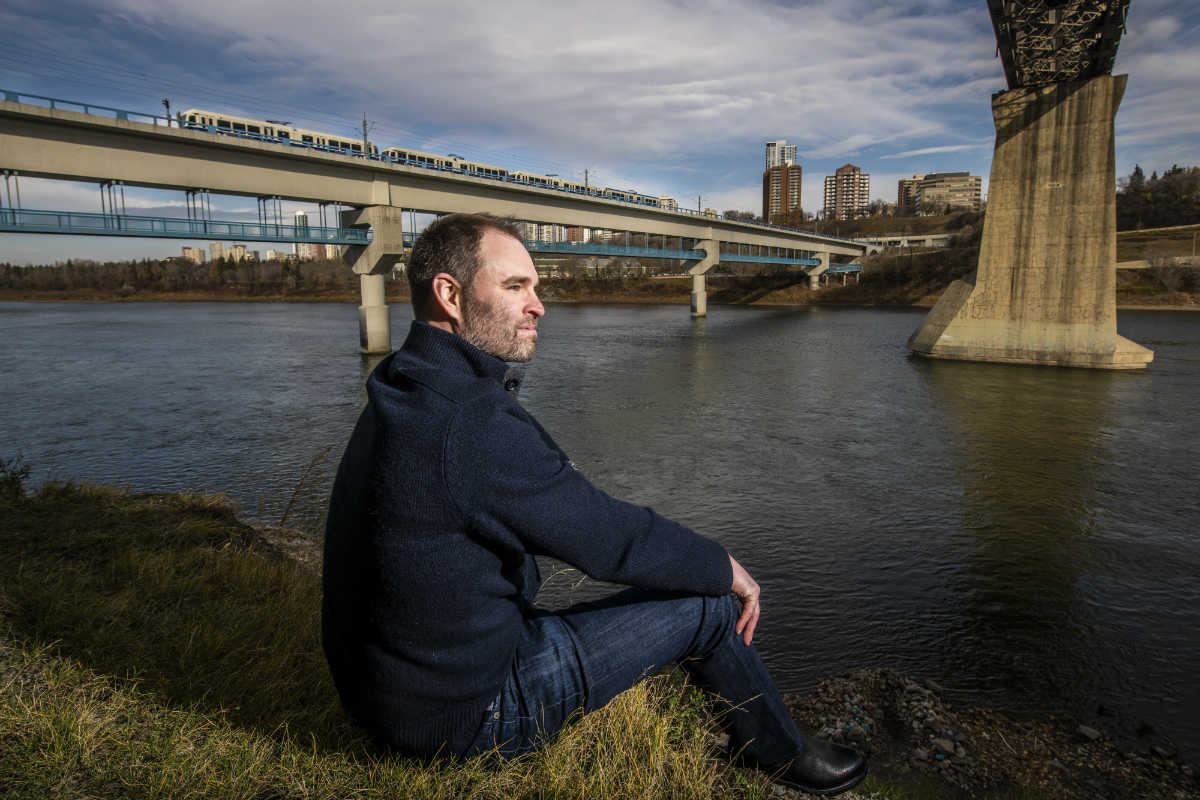
University of Alberta assistant professor Jeff Birchall explains how changing how we design cities can improve the seismic resilience of our communities. Photo credit: John Ulan
Public parks, fields, and streets can be designed to support survival and recovery in the aftermath of seismic events, according to a new study by University of Alberta planning expert.
"Roughly 3 billion people live in areas of high seismic activity, and it is projected that by 2050, populations in major cities at risk from earthquakes will double," explained Jeff Birchall, assistant professor in the School of Urban and Regional Planning. "In the aftermath of an earthquake, open spaces such as parks, plazas, sports fields and streets have high occupation rates-and they can be better designed to improve outcomes."
The research identifies ways in which public open spaces can be proactively designed or retrofitted to meet immediate needs such as evacuation, medical assistance, communication, shelter, and distribution of food and water. Some specific examples include emergency lighting, power and water, community gardens, and gathering spaces that encourage participation in social activities.
"Because of the unpredictable nature of earthquakes, funding retrofits or leaving open space undeveloped can be difficult to justify economically," said Birchall. "However, designing open space for earthquakes should not be seen as a constraint, but an opportunity to enhance the overall quality of the urban environment."
In Canada, the majority of seismic activity takes place on our west coast in the province of British Columbia.
When asked what citizens in these areas can do to support seismic resilience, Birchall had several useful tips. "Influence open space planning and design in your neighbourhood. Advocate for the incorporation of features that contribute to your community's overall physical and social resilience."
The paper, "Designing public open space to support seismic resilience: A systematic review," was published in the International Journal of Disaster Risk Reduction (doi: 10.1016/j.ijdrr.2018.11.001).